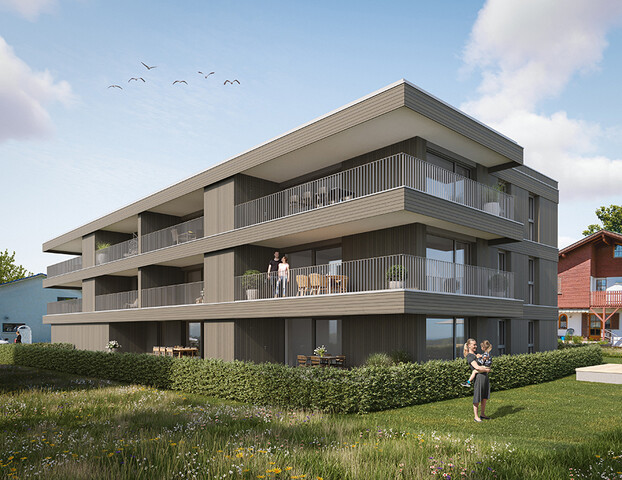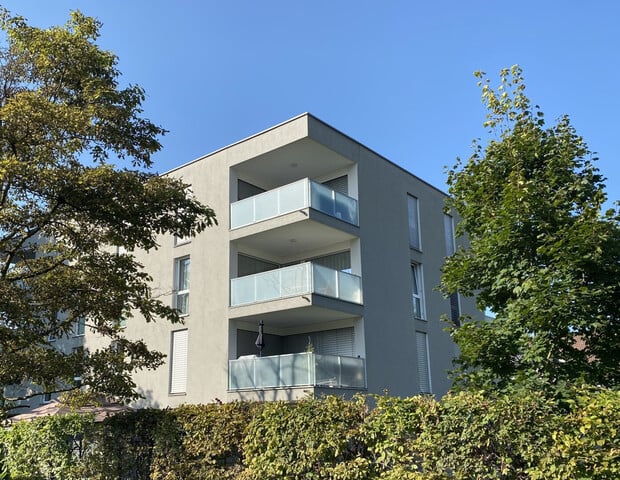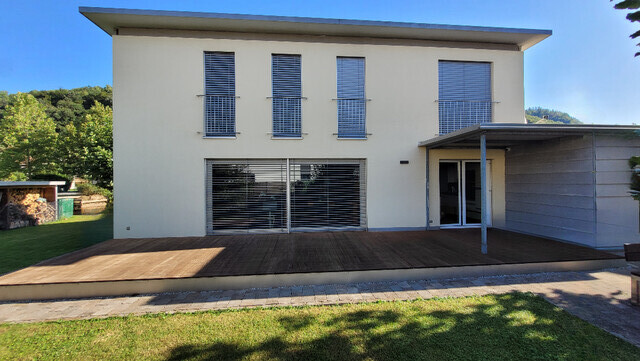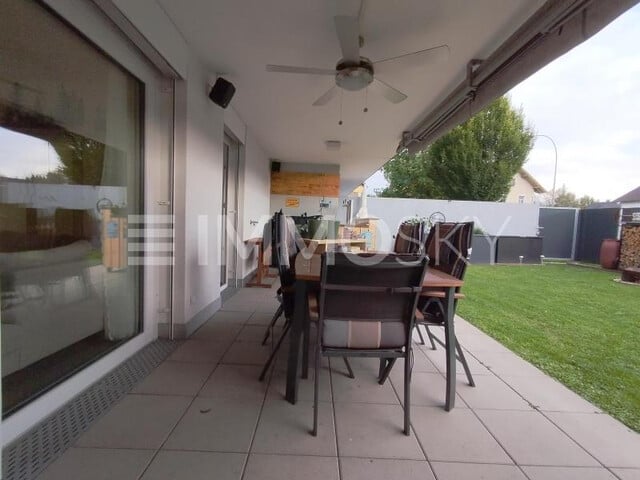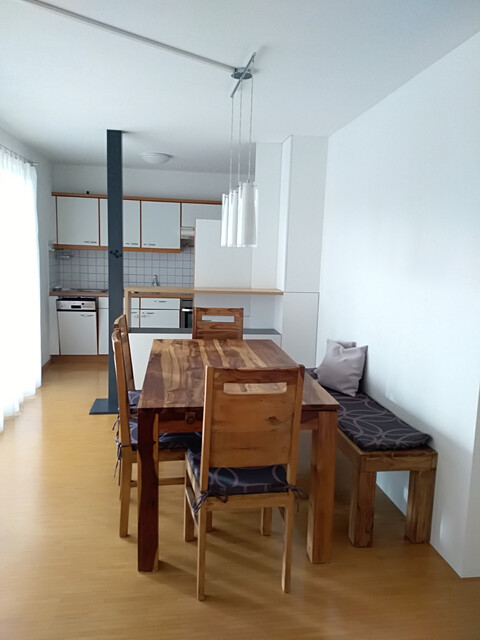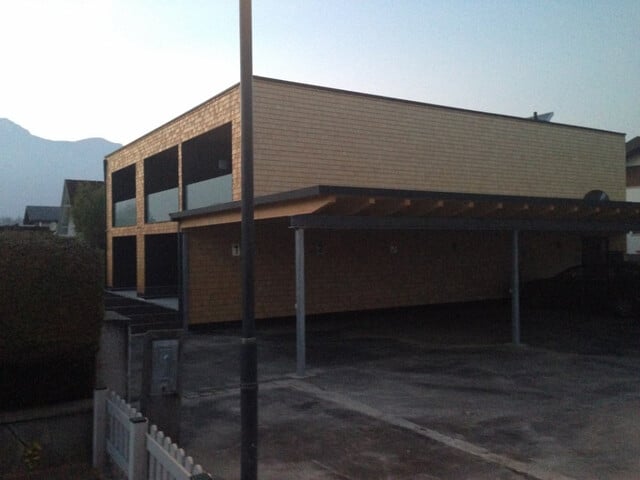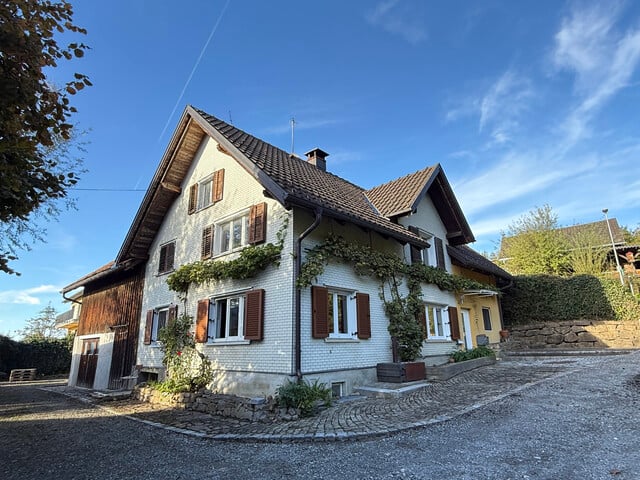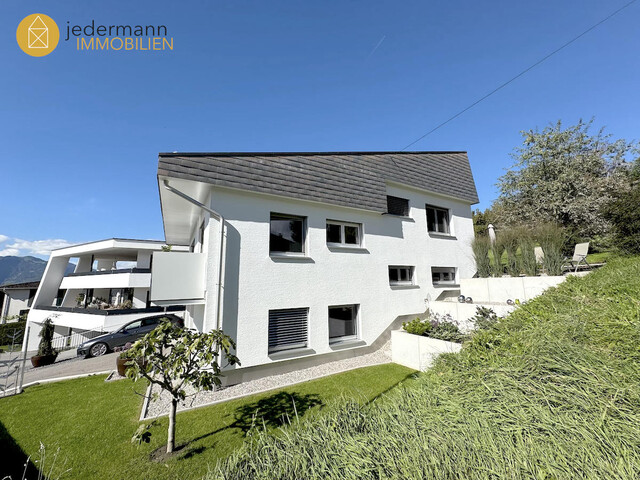Housing Construction Stagnates at a Low Level

In 2024, "after many declining years," there was a positive sign of life in new construction subsidies - the approximately 19,200 subsidy commitments represented an increase of 13 percent compared to the previous year. The expenditures for housing subsidies increased by 14 percent in the same period to 2.51 billion euros, thus reaching the level of the early 2010s again, as shown in the report "Housing Subsidies in Austria 2024" presented on Tuesday, which is compiled annually by the Association of the Stone and Ceramic Industry of the Austrian Economic Chamber together with the IIBW. Large-scale new construction subsidies even increased by 27 percent year-on-year.
Upward Trend in New Construction Subsidies
"For the first time in years, we are seeing an upward trend in new construction subsidies, which gives a slight reason for hope in addressing the housing shortage," said Association Chairman Robert Schmid. It is now "urgently necessary to stabilize construction production with housing subsidies and increase the supply of affordable housing." Otherwise, there is a risk that "due to the current housing shortage, construction costs will continue to rise."
The currently "widely dogmatically demanded departure from mineral building materials, which cause CO2 emissions during production, leads to market restrictions and subsequently to an increase in the cost of the end product 'housing'," criticized Schmid. A "liberal, technology-open, and transparent approach" to evaluating CO2 emissions over the lifecycle of housing should be promoted. "This would invigorate the market and create innovations."
Housing Subsidy Statistics: Above-Average Good Values in Vienna
According to the current housing subsidy statistics, there was a decline in subsidies in 2024 in the area of renovation - here, the expenditures of the federal states decreased by 6 percent year-on-year to 650 million euros. Together with the federal environmental subsidy, 2.15 billion euros were spent on renovation in the past year.
Regarding building permits, due to high credit interest rates, the heavily criticized KIM regulation (Credit Institutions Real Estate Financing Measures Regulation, note) and the increased construction prices, "we did not come out of the trough" in 2024, said Schmid. Addressing the housing shortage is now "the order of the day." In the past year, the housing construction rate (housing permits per 1,000 inhabitants) was 3.5 nationwide on average, according to the current housing subsidy statistics, with above-average good values in Vienna (4.5), Vorarlberg (4.1), and Tyrol (4). Carinthia (2.7) as well as Salzburg and Styria (each 2.9) performed below average.
(APA/Red.)
This article has been automatically translated, read the original article here.
Du hast einen Hinweis für uns? Oder einen Insider-Tipp, was bei dir in der Gegend gerade passiert? Dann melde dich bei uns, damit wir darüber berichten können.
Wir gehen allen Hinweisen nach, die wir erhalten. Und damit wir schon einen Vorgeschmack und einen guten Überblick bekommen, freuen wir uns über Fotos, Videos oder Texte. Einfach das Formular unten ausfüllen und schon landet dein Tipp bei uns in der Redaktion.
Alternativ kannst du uns direkt über WhatsApp kontaktieren: Zum WhatsApp Chat
Herzlichen Dank für deine Zusendung.

